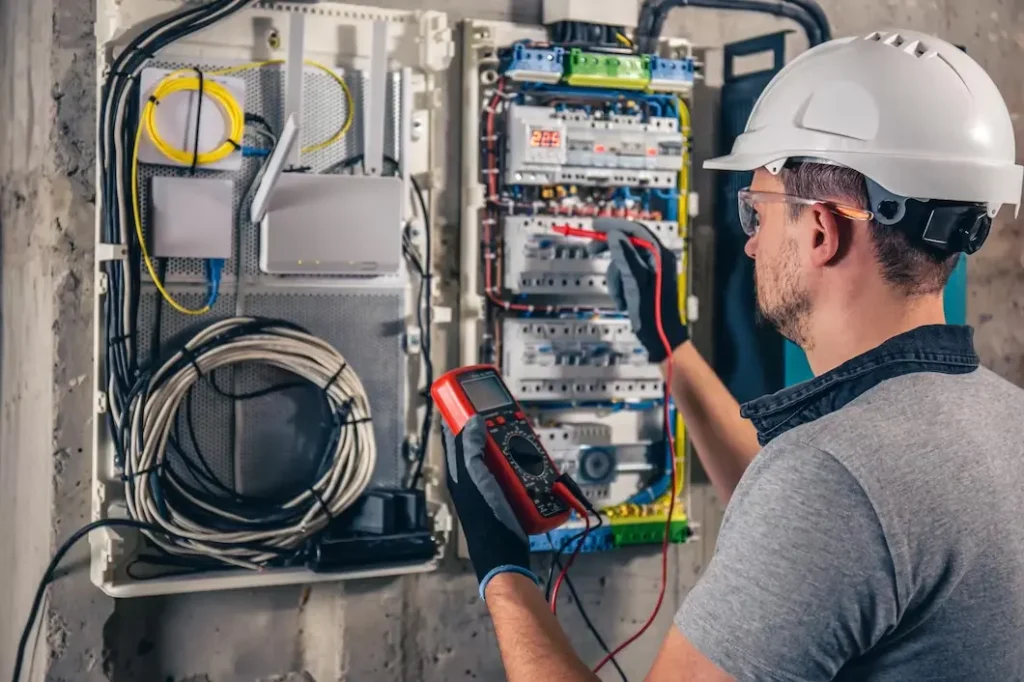How to Prepare Your Home for a Building Inspection

The Comprehensive Guide to Termite Inspection: Protecting Your Home from Silent Invaders
December 13, 2023
10 reasons why property inspections are important for buyers and sellers
June 21, 2024When it comes to selling or buying a home, building inspection is one critical step that can make or break the deal. A building inspection thoroughly examines a property’s condition, highlighting any potential issues or areas needing attention. Whether you’re the seller or the buyer, adequately preparing your home for a building inspection is crucial. In this comprehensive guide, we’ll walk you through the steps to ensure your home is in the best possible condition when the inspector arrives.
1. Start with a Pre-Inspection Assessment:
Before the building inspector arrives, conduct your assessment of your home. Identify any visible issues, both inside and outside the property. Look for leaks, cracks, or any signs of structural damage. Taking note of these issues in advance will allow you to address them or at least be prepared to discuss them during the inspection.
2. Address Basic Maintenance Tasks:
Building inspectors pay attention to the overall maintenance of a property. Take care of basic maintenance tasks such as fixing leaky faucets, repairing minor wall cracks, and replacing burnt-out light bulbs. Attend to any minor repairs that may give the impression of neglect.
3. Clean and Declutter:
A clean and clutter-free home makes a positive impression and allows the inspector to assess the property more efficiently. Clean all areas of your home, including attics and basements, and remove unnecessary clutter. This will improve the visual appeal and give the impression that the property has been well-maintained.
4. Check Electrical and Plumbing Systems:
Inspect your electrical and plumbing systems for any issues. Ensure that all electrical outlets and switches are working correctly. Address any plumbing leaks or drainage problems. These are common areas that inspectors focus on, and having them in good condition will reflect positively on the inspection report.

5. Service Heating and Cooling Systems:
If your home has a heating, ventilation, and air conditioning (HVAC) system, ensure it’s serviced and in good working order. Replace air filters, clean ducts, and address unusual noises or malfunctions. A well-maintained HVAC system contributes to a positive inspection outcome.
6. Provide Documentation for Recent Repairs:
If you’ve recently undertaken repairs or renovations, keep documentation handy. This could include invoices, receipts, or permits. This readily available information shows that you’ve invested in maintaining and improving the property.
7. Ensure Accessibility:
Make sure that all areas of your home are easily accessible. This includes attics, basements, crawl spaces, and utility rooms. Inspectors need clear access to these areas to conduct a thorough examination.
8. Be Transparent:
If you are aware of any existing issues with your property, it’s better to be transparent about them. Discussing known problems upfront with the inspector can help set realistic expectations and avoid surprises in the inspection report.
9. Attend to Curb Appeal:
First impressions matter. Attend to the exterior of your home by mowing the lawn, trimming bushes, and addressing any visible exterior maintenance issues. A well-maintained body adds to the curb appeal and suggests that the entire property is cared for.
10. Be Prepared for the Inspection:
On the day of the inspection, make arrangements for pets to be elsewhere and clear your schedule so you can be available to answer any questions the inspector may have. A cooperative and open attitude can foster a positive relationship with the inspector and influence the final report.
Conclusion:
Preparing your home for a building inspection is a proactive step that can enhance the overall experience for both buyers and sellers. Addressing maintenance tasks, being transparent about known issues, and maintaining a clean and organized home increase the likelihood of a favorable inspection report. Remember, a well-prepared home reflects positively on its condition and contributes to a smooth and successful real estate transaction.




